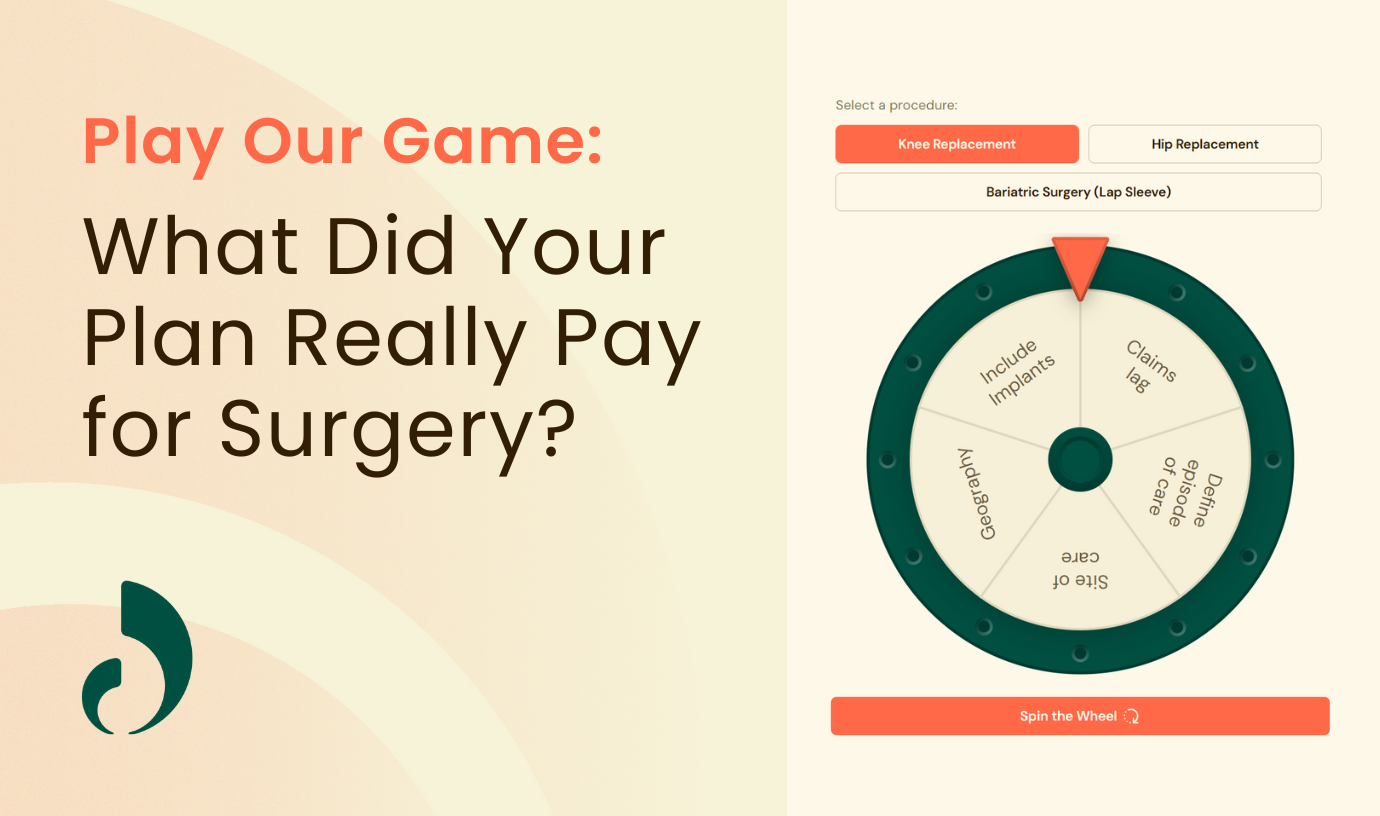Have you ever wondered why a total knee replacement can cost a commercial health plan $45,000, while Medicare pays only about $17,000 for the same procedure? This staggering gap is pushing employer-sponsored healthcare to a breaking point.
This system, born as a post-World War II “accident of history” to compete for talent, has become the standard way most Americans get their health insurance. But in a recent conversation on the Second Opinion podcast, host Chrissy Farr and Lantern President Dickon Waterfield explored why this model feels unsustainable today.
With employers covering 60-70% of Americans, Farr asked the question on every benefits leader’s mind: “At what point do you think employers just turn around and say, I’m done. I’m out.”
An Unsustainable Cost Gap for Healthcare
The dramatic price difference between commercial and Medicare rates is inefficient. For that $45,000 knee surgery, about 90% of the cost goes to the facility, not the surgeon. “Suddenly you look at that and you go, great, that means that $37,000 is going to the facility and yet in Medicare they do that same service for, call it $14,000,” Waterfield said.
To combat this, independent Centers of Excellence, like Lantern, are building local networks and contracting directly with high-value providers in each market. By guaranteeing incremental volume, they gain leverage.
The key is steering employees to these providers, so employers waive the member’s out-of-pocket costs for PPO plans or only collect the IRS minimum for HDHPs. An employee who normally faces a $5,000 out-of-pocket max saves that money. It shifts market share and creates a win-win-win for the employee, the employer and the selected provider.
The Coming Squeeze on Commercial Plans
If the current situation isn’t challenging enough, external factors are about to make things worse. Farr warns that the Big Beautiful Bill Act signed into law in July cuts spend for Medicaid and Medicare, causing Americans to lose coverage.
When that happens and the number of uninsured individuals rises, providers have to make up for the lost revenue. Their solution? “They increase the rate on commercial, so trend increases further,” Waterfield said. This means employers will see increases in hospital costs, which already account for 70% of total healthcare spending.
This pressure comes on top of significant concerns about high-cost drivers like GLP-1s and revolutionary cell and gene therapies that can cost millions for a single treatment. These factors will inevitably force leaders to make difficult decisions.
A “Narrowing” of Benefits on the Horizon?
So, what’s the next move for employers caught between rising costs and the need to compete for talent? “I think employers are going to get much tighter on what they cover from a services basis,” Waterfield said.
This path, however, is complicated by the labor market. As long as companies are competing for top talent, gutting the benefits package that has become a standard part of total compensation is a risky move.
“For anybody to grow, you want to have a great benefits package to get the best people, and to do that, you need to cover health insurance,” Waterfield noted.
This conflict puts benefits leaders in an incredibly tough position, forced to find savings without compromising their ability to attract and retain talent.
Redefining the Value and ROI of Benefits Solutions in a New Era
For years, benefits leaders have added point solutions hoping they’d deliver a better employee experience, better health outcomes and hard-dollar savings. Many are now reviewing whether those solutions are truly delivering on their promises.
The conversation today is around return on investment. “There is a reckoning coming for these point solutions that don’t deliver value,” Farr says. Waterfield agrees: “There’s greater scrutiny on real clinical evidence and a push to connect that evidence to actual cost savings.”
At the same time, digital health is often “held to a higher standard than pharmacotherapy,” Waterfield said. While a digital therapeutic may have to prove clinical outcomes and engagement to get paid, a pharmaceutical is paid for when the prescription is filled, even if the patient never takes the pills or sees a clinical impact.
This complexity is forcing a more sophisticated definition of value. “The more forward-thinking advanced employers are defining value across a number of different parameters,” Waterfield said. For a fertility benefit, for example, the goal isn’t just hard cost savings; it’s also about achieving the clinical outcome and achieving a better employee experience and asking, “Hey, is this going to help me attract and retain talent?”
Forward-thinking leaders use a different scorecard depending on the clinical condition to make smarter decisions that balance costs, outcomes and the overall employee experience.
A Practical Framework to Evaluate Point Solutions

The Path Forward for Benefits Leaders is Partnership
While the challenges are immense, the market is also maturing. The industry has evolved dramatically from a decade ago when pioneers were first figuring out how to sell to employers. Today, more sophisticated models are emerging, such as virtual providers getting in-network with health plans, which streamlines access and removes long sales cycles.
For benefits leaders navigating this complex world, collaboration and strategic problem-solving are the path forward. It’s not about buying a product; it’s about building a partnership.
“The key is to really understand the buyer’s needs and come to them with a solution based on understanding their world and finding a way to help them,” Waterfield said.
By focusing on solving core problems together, benefits leaders and their partners can find a sustainable path through the turbulence and build a healthcare experience that truly serves employees.
Template for Success: 5 Steps to Build a Foolproof Specialty Care Strategy



